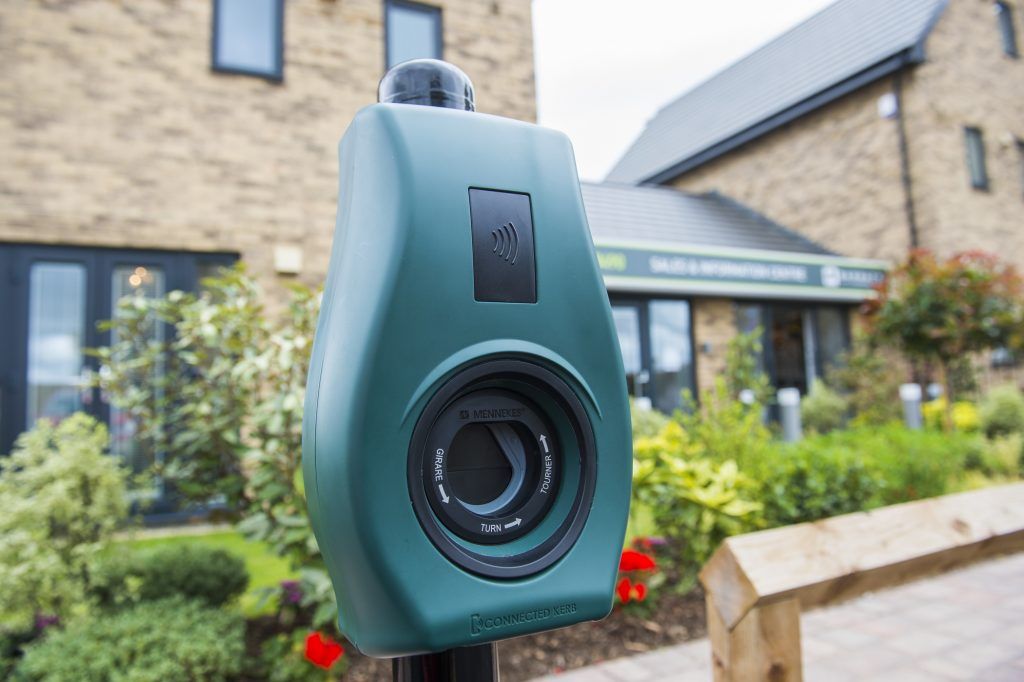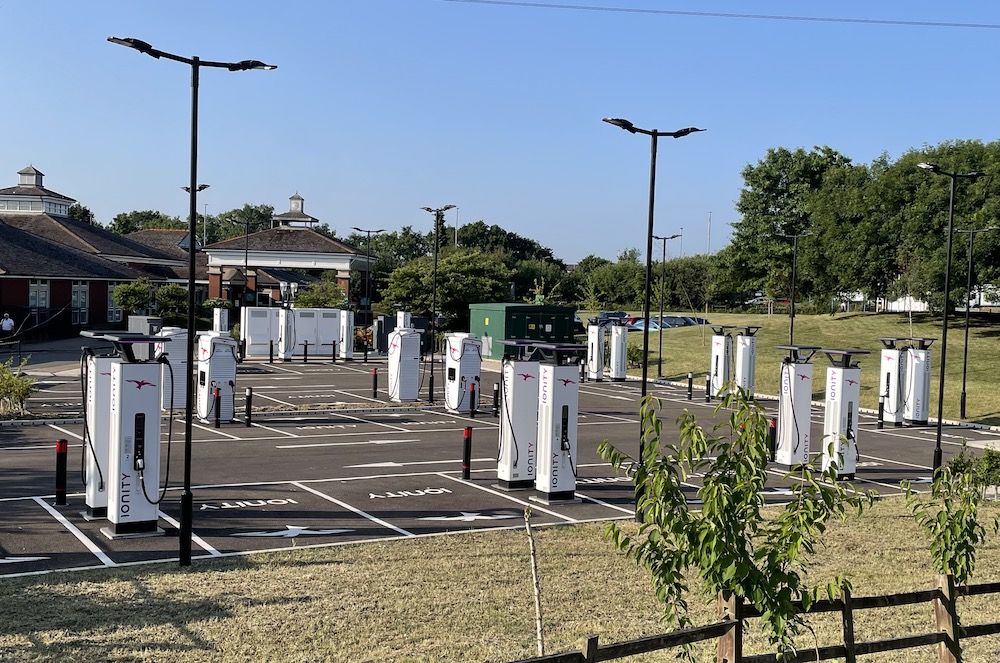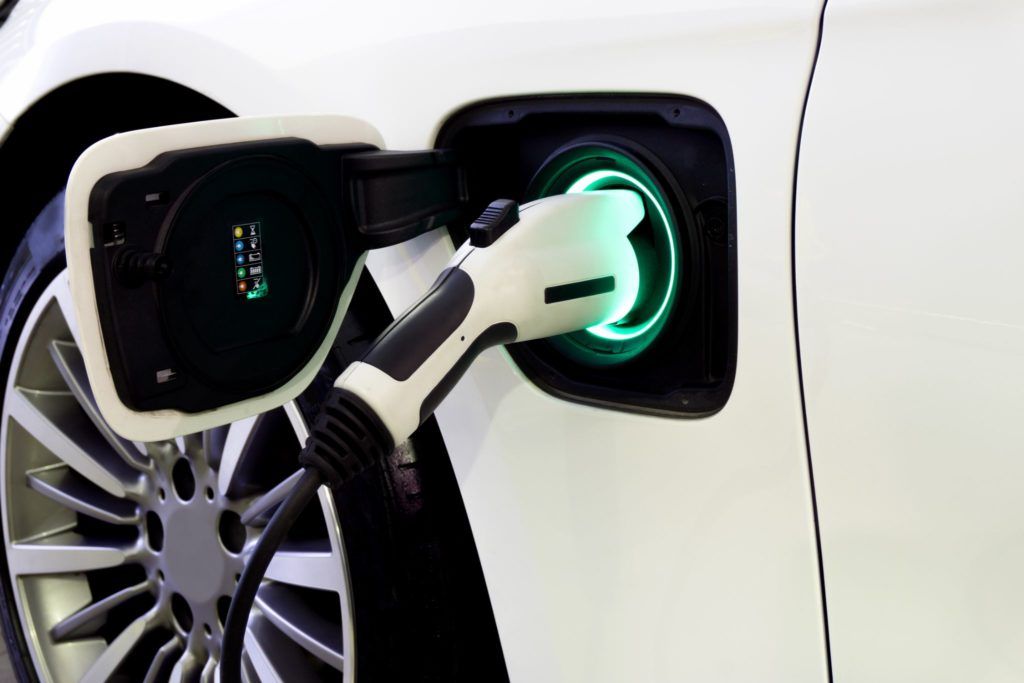The first-of-a-kind Connected Kerb project will deliver an EV charging revolution to out-of-town communities and help tackle EV inequality
The project will increase the accessibility of EV charging across Kent Parish sites and provides a blueprint for the UK’s local authorities to bring the EV revolution to hard-to-reach areas, with 40 EV chargers to be installed in poorly-served areas across Kent.
Connected Kerb’s technology and business model will reduce the cost for local authorities and landlords, making EV charging realistic for hard-to-reach communities.
In the project’s first phase, Connected Kerb will install 40 charging units across the 20 sites to improve accessibility for EV motorists and encourage a wider shift to EVs. All income from the chargers will go to the local community or is used to support the roll out and maintenance of more chargers, creating a long-term revenue stream for those involved.
With over 30% of the UK’s public charging network located in London – equivalent to 63 public chargers per 100,000 people – areas of Kent have just 2.2 chargers per 100,000 people, with access to convenient charge points essential to ensuring communities do not become isolated, unreachable, or unuseable, according to the UK Government.
The Competition and Markets Authority (CMA) has also highlighted the risk that electric car owners in some areas could be “left behind” as a significant challenge to the industry, with a lack of infrastructure potentially stifling EV uptake.
Chris Pateman-Jones, CEO of Connected Kerb, said: “Access to charging infrastructure is one of the biggest barriers to the uptake of EVs. Although demand for chargers is higher in dense urban areas, the lack of infrastructure in out-of-town communities leaves people concerned about switching to EVs. It is vital that access to public charging is equitable across the entire country and we bring an end to the EV charging postcode lottery.
“Nobody should be left behind by the EV revolution because of where they live. Our partnership with Kent County Council shows that the economics of installing EV charging in non-urban areas is much more favourable than many believe. This is a recipe for success for local authorities across the UK.”
Unlike many public charge points, Connected Kerb’s infrastructure is designed to last 20+ years – longer than anything else on the market. The charging infrastructure is located below ground and installed once, with passive chargers that can be easily ‘switched on’ by adding the above ground charge point to match consumer demand.
Every charger will provide a 7kW – 22KW fast charge, perfect for habitual charging where residents, shoppers, and company vehicles are parked for a predictable amount of time each day. Every chargepoint will feature contactless payment via the Connected Kerb app with a consistent network and tariff across the sites, enabling fair and equal access for everyone.
This long-term approach means Kent County Council and the Parish, will have access to a long-term revenue stream to help maintain and expand the charger network. This substantially improves the economics of this type of project, making EV charging affordable to install, ultimately reducing the cost for drivers and creating cleaner, quieter communities.
Tim Middleton, Transport Innovations Programme Manager, Highways, Transportation & Waste from Kent County Council, said: “Providing adequate electric vehicle charge-points across the county is a key part of our strategic plan to achieve carbon neutrality by 2050. This partnership offers a fantastic opportunity for Kent businesses, residents and visitors to have equal access to electric vehicle charging infrastructure – not only is this crucial as we move closer to the 2030 ban on the sale of petrol and diesel cars, but it means that Kent can play its part in the transition to decarbonisation.”
Jon Brooks, local resident and EV driver, said: “Switching to an electric car is a no-brainer for me – it’s cleaner, quieter and saves me hundreds in fuel costs every month. However, outside of a big towns, public chargers can be few and far between. It’s great to see that areas like mine aren’t being forgotten. Without public chargers like these, I simply wouldn’t have had the confidence to go electric.”
Image: Connected Kerb press image














